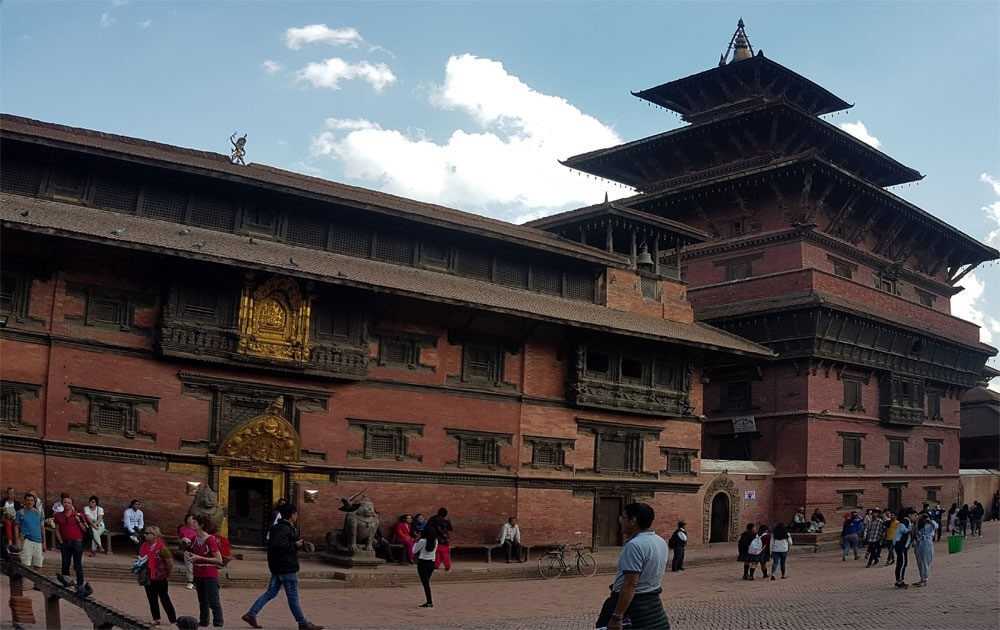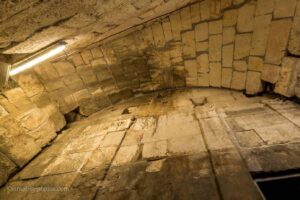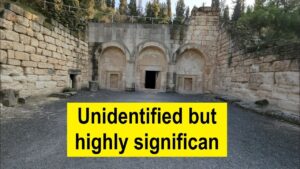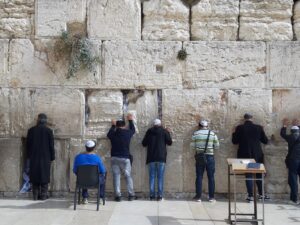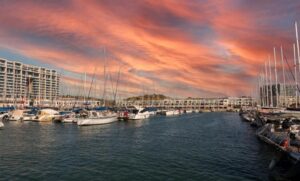Bhaktapur Durbar Square: Ancient Palace in Bhaktapur
Nestled in the heart of the Kathmandu Valley, Bhaktapur Durbar Square is a mesmerizing blend of history, culture, and architecture. This UNESCO World Heritage Site is a testament to the rich heritage of Nepal and offers a glimpse into the country’s glorious past. Whether you’re a history buff, an architecture enthusiast, or simply a curious traveler, Bhaktapur Durbar Square promises an unforgettable experience.
What to See
Bhaktapur Durbar Square is a treasure trove of ancient temples, palaces, and courtyards. The 55-Window Palace, with its intricately carved wooden windows, is a must-see. This palace was once the seat of royalty and is a stunning example of Newari architecture. Nearby, the Vatsala Temple, made of sandstone, stands proudly with its beautiful pagoda-style design.
The Nyatapola Temple, towering over the square, is the tallest pagoda in Nepal and is dedicated to the goddess Siddhi Lakshmi. Its five-tiered structure is a marvel of engineering and artistry. Don’t miss the Bhairavnath Temple, known for its elaborate woodwork and the statue of Bhairav, a fierce manifestation of Lord Shiva.
Wander through the Pottery Square, where you can watch artisans at work, crafting beautiful pottery using traditional methods. The square is also home to the National Art Gallery, which houses an impressive collection of paubha paintings and ancient manuscripts.
A Bit of History and Interesting Facts
Bhaktapur, meaning “City of Devotees,” was founded in the 12th century by King Ananda Malla. It served as the capital of the Malla Kingdom until the 15th century. The city flourished under the Malla kings, who were great patrons of art and architecture. The square’s current layout and many of its structures were built during this period.
An interesting fact about Bhaktapur Durbar Square is its resilience. Despite the devastating earthquake in 2015, which caused significant damage, the square has been meticulously restored, preserving its historical charm. The restoration efforts are a testament to the dedication of the local community and international organizations in preserving Nepal’s cultural heritage.
Getting There and Tips for First-Time Visitors
Bhaktapur is located about 13 kilometers east of Kathmandu. The easiest way to get there is by taxi, which takes around 30-45 minutes depending on traffic. Alternatively, you can take a local bus from Kathmandu’s Ratna Park bus station, which is a more budget-friendly option.
For first-time visitors, it’s important to note that there is an entrance fee to Bhaktapur Durbar Square, which helps fund the preservation of the site. The fee is higher for foreign tourists, so be prepared for that. It’s best to visit early in the morning or late in the afternoon to avoid the crowds and enjoy the square in a more peaceful setting.
Wear comfortable shoes, as you’ll be doing a lot of walking on uneven surfaces. Don’t forget to bring a camera to capture the stunning architecture and vibrant street life. Lastly, take your time to explore the narrow alleys and hidden courtyards, where you’ll discover the true essence of Bhaktapur.
